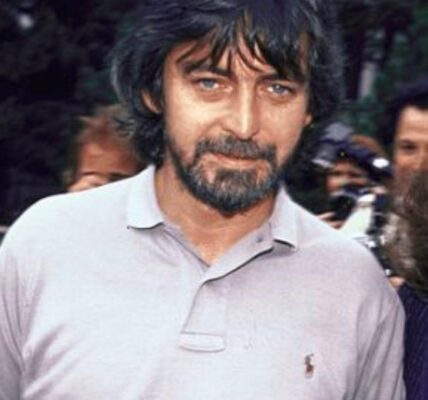The journey from a mere idea to a captivating film on the big screen is a complex and fascinating process. Behind every successful movie lies a well-crafted screenplay that serves as the foundation for the entire production. In this article, we’ll delve into the intricate world of screenwriting, exploring the various stages and elements that contribute to the transformation from script to screen.
Understanding the Fundamentals of Screenwriting
At its core, screenwriting is the art of telling stories through the medium of film. It involves crafting a narrative that captivates audiences while adhering to the unique structure and format of a screenplay. The process begins with a concept or idea that the screenwriter develops into a fully-fledged script, creating the blueprint for the entire film.
The Creative Genesis
The first step in the screenwriting process is often the most exhilarating – the creative genesis. This is the stage where the writer formulates the basic premise, characters, and overall theme of the story. Whether it’s a gripping drama, a heartwarming romance, or an action-packed adventure, the creative genesis sets the tone for the entire script.
Structuring the Narrative
Once the initial concept is established, the screenwriter dives into the crucial task of structuring the narrative. This involves outlining the plot, establishing key plot points, and ensuring a compelling flow that keeps the audience engaged. The three-act structure is a common framework used in screenwriting, dividing the story into distinct segments: setup, confrontation, and resolution.
Crafting Dialogue and Character Development
One of the distinguishing features of a great screenplay is compelling dialogue. Screenwriters carefully craft conversations that not only drive the plot forward but also reveal the nuances of each character. In addition to dialogue, character development is essential for creating relatable and memorable personas that resonate with the audience.
Revisions and Refinements
The process of refining a screenplay is iterative. After the initial draft is complete, screenwriters engage in multiple rounds of revisions. This involves fine-tuning dialogue, strengthening character arcs, and addressing any inconsistencies in the plot. The goal is to create a polished script that serves as a solid foundation for the upcoming production.
Collaboration in the Filmmaking Process
Screenwriting is a collaborative endeavor that involves interaction with various stakeholders in the filmmaking process. Directors, producers, and actors all contribute their expertise to bring the script to life. The screenwriter’s ability to collaborate and adapt to feedback is crucial in ensuring the seamless transition from script to screen.
The Role of Pre-Production and Production
As the screenplay gains final approval, the production phase begins. Pre-production involves tasks such as casting, location scouting, and creating a shooting schedule. The script serves as a guiding document during the entire production, with the director and crew working to translate the written words into captivating visuals.
Post-Production and the Final Cut
Even after filming is complete, the screenwriter’s role extends into post-production. Editors use the script as a reference while assembling the final cut of the film. This stage may involve additional tweaks to dialogue, pacing, and overall coherence to ensure that the director’s vision aligns with the original screenplay.











